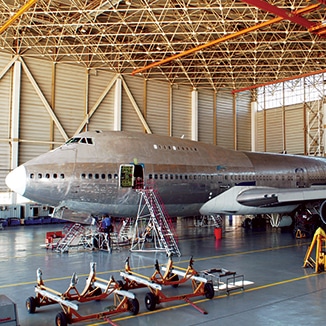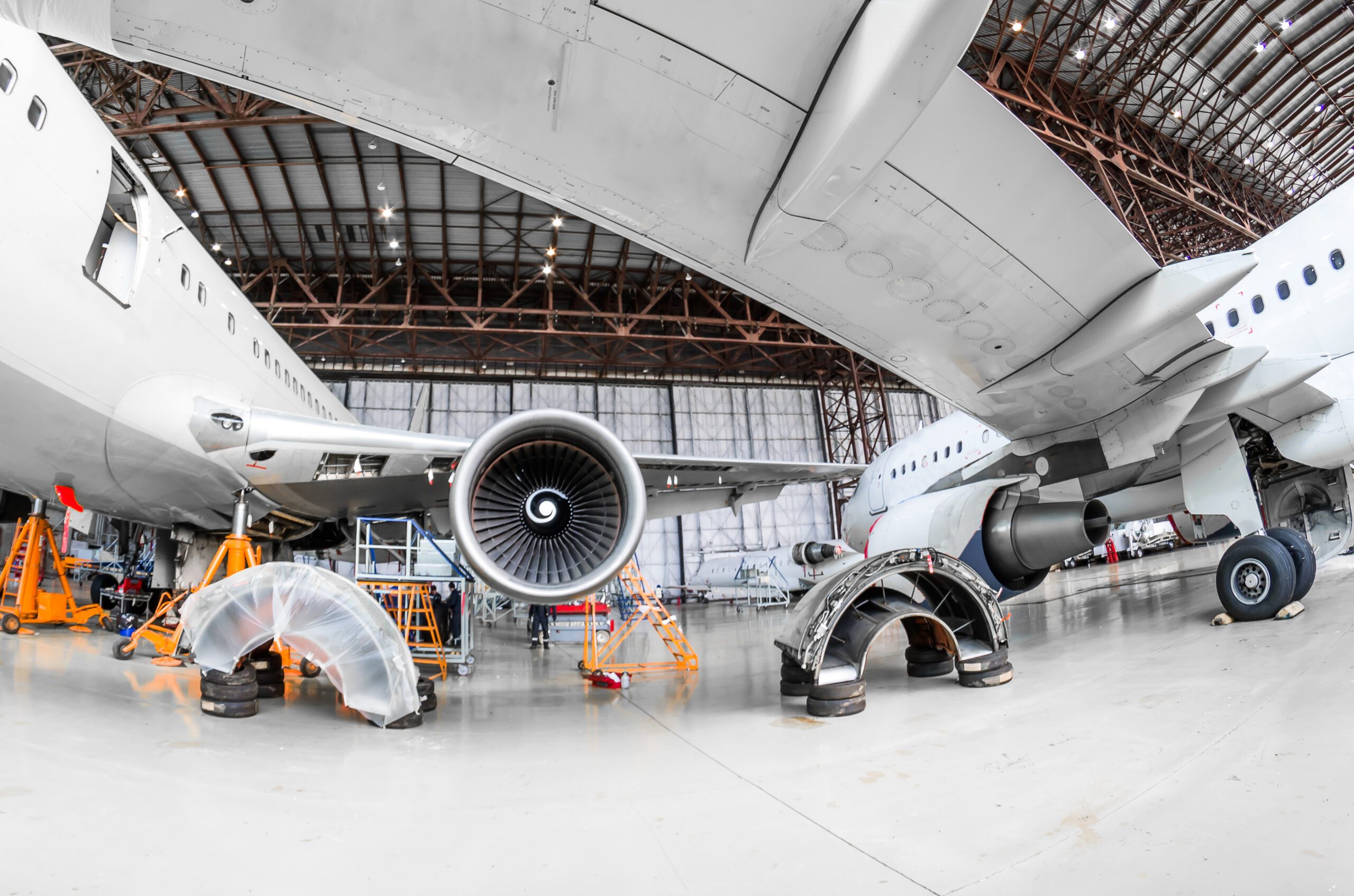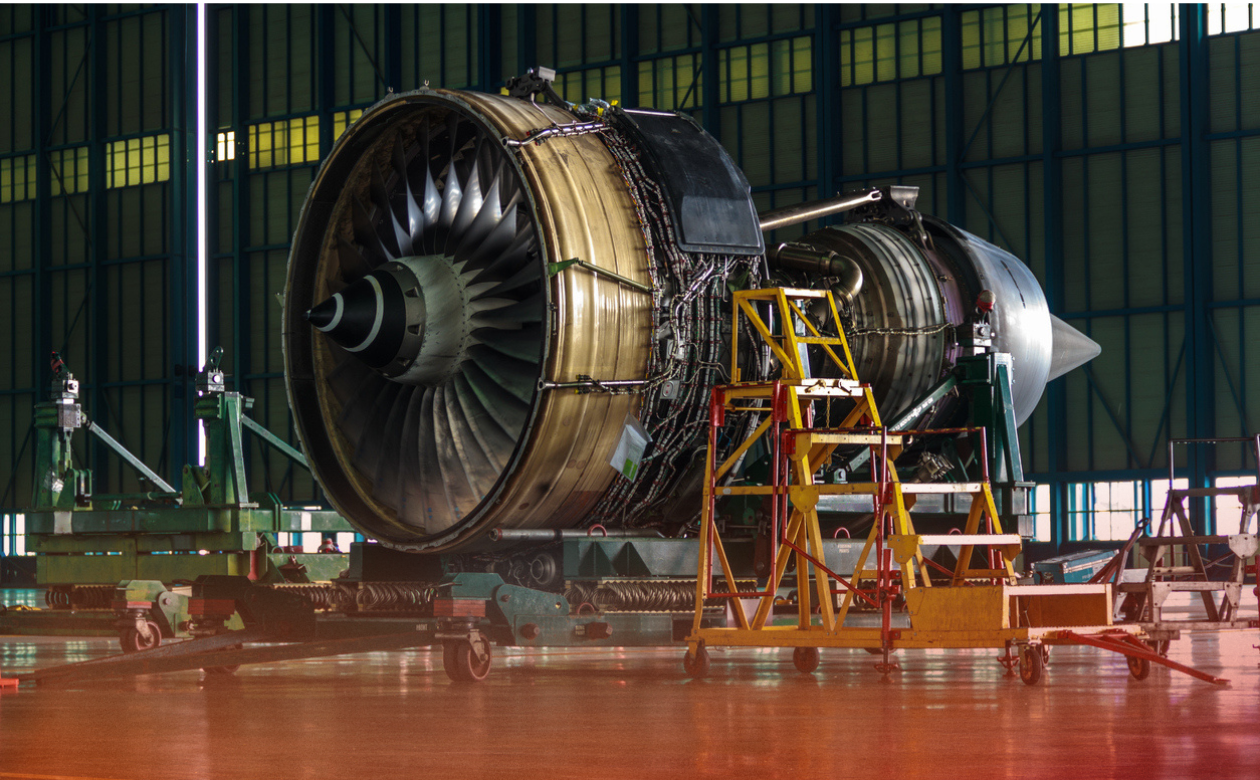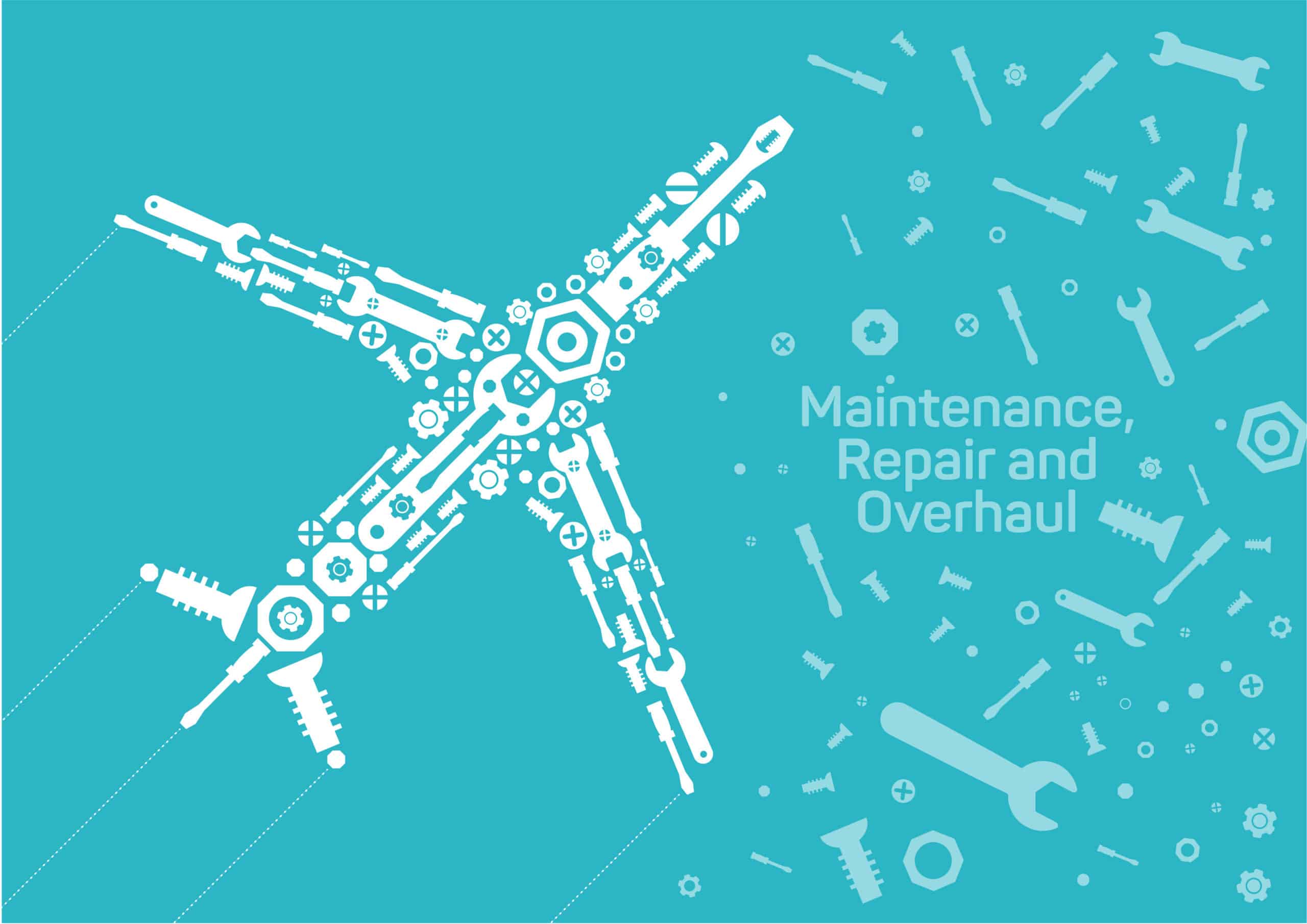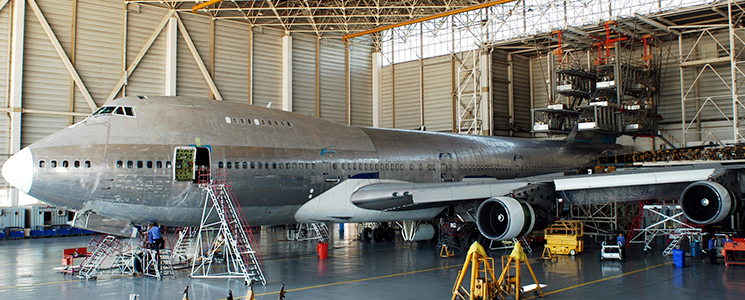
The digital transformation is shifting Maintenance, Repair and Overhaul (MRO) from the periphery of operations to an emerging role as a profit center. Especially in the context of complex manufacturing, MRO is emerging as a revenue stream, rather than its historical place as a “cost of doing business.” MRO is now a competitive differentiator in terms of market position and customer satisfaction.
OEM-Owned MRO Mean New Profit Opportunity
MRO-Network notes that the industry is in transition, with non-OEM-owned MRO companies under particular pressure. They cite a significant push by OEMs to capture more aftermarket business, with the trend particularly pronounced on the aircraft component and engine side of the business.
Especially in the aerospace industry, the MRO market is booming. AVM Mag summarizes the MRO boom, “Low fuel prices and anticipated higher interest rates will spur MRO growth over the long term by allowing middle-aged and mature aircraft to fly longer, producing more maintenance, repair, and overhaul business for their engines, components, and airframes.”
MRO Market Growth According to AVM Mag
- The global air transport MRO market is expected to expand from $62.1 billion in 2014 to $90 billion in 2024, a compound annual growth rate of approximately 3.8 percent.
- Asia-Pacific and China remain the major drivers of growth, expected to spend $29 billion in 2024, up from $16.9 billion in 2014.
- U.S. wide-bodied carriers are coming back to North America, a development driven by higher labor rates in Asia, currency valuations, and more sophisticated analysis of the costs of outsourcing.
Engine OEMs Face Particular Benefit from the MRO Boom
Engine OEMs, in particular, are dominant in their aftermarket sector. Three prime examples of this trend, according to estimates from global consultant ICF International:
- Rolls-Royce has an estimated 80 to 90 percent share of the total MRO spend on its engines.
- GE Aviation has an estimated 50 to 60 percent share of its aftermarket.
- Pratt & Whitney has an estimated 30 to 40 percent share of its aftermarket.
Such percentages are indicative of significant revenue potential. For example, in 2014, GE’s commercial service revenues were $8.9 billion. As of Q4 2016, they estimated a $106 billion backlog for long-term engine services and material agreements on their products.
MRO as a New OEM Profit Center
As the industry pursues digital transformation, the position of OEMs in MRO is likely to get stronger. According to industry analyst Oliver Wyman, the global airline fleet could generate upwards of 98 million terabytes of data by 2026. Wyman notes, “This surge of data, in the hands of a new breed of data scientists and innovative management teams, could lead to major changes in how modern aircraft are cared for and perform.”
According to Wyman’s 2016 MRO Survey:
“Big data in commercial aviation already has moved past the early adopter phase for some applications, with a majority reporting implementation of AHM and PM on at least a modest scale. We also discovered that airlines and MROs are beginning to see the first tangible impacts of these initiatives: measurable gains in reliability and reduced maintenance costs, particularly on engines, where OEMs lead the industry in development and deployment of these technologies.”
As the digital transformation proceeds, OEMs see the wisdom in investing in MRO rapidly becoming a very important revenue stream for their ongoing operations.

